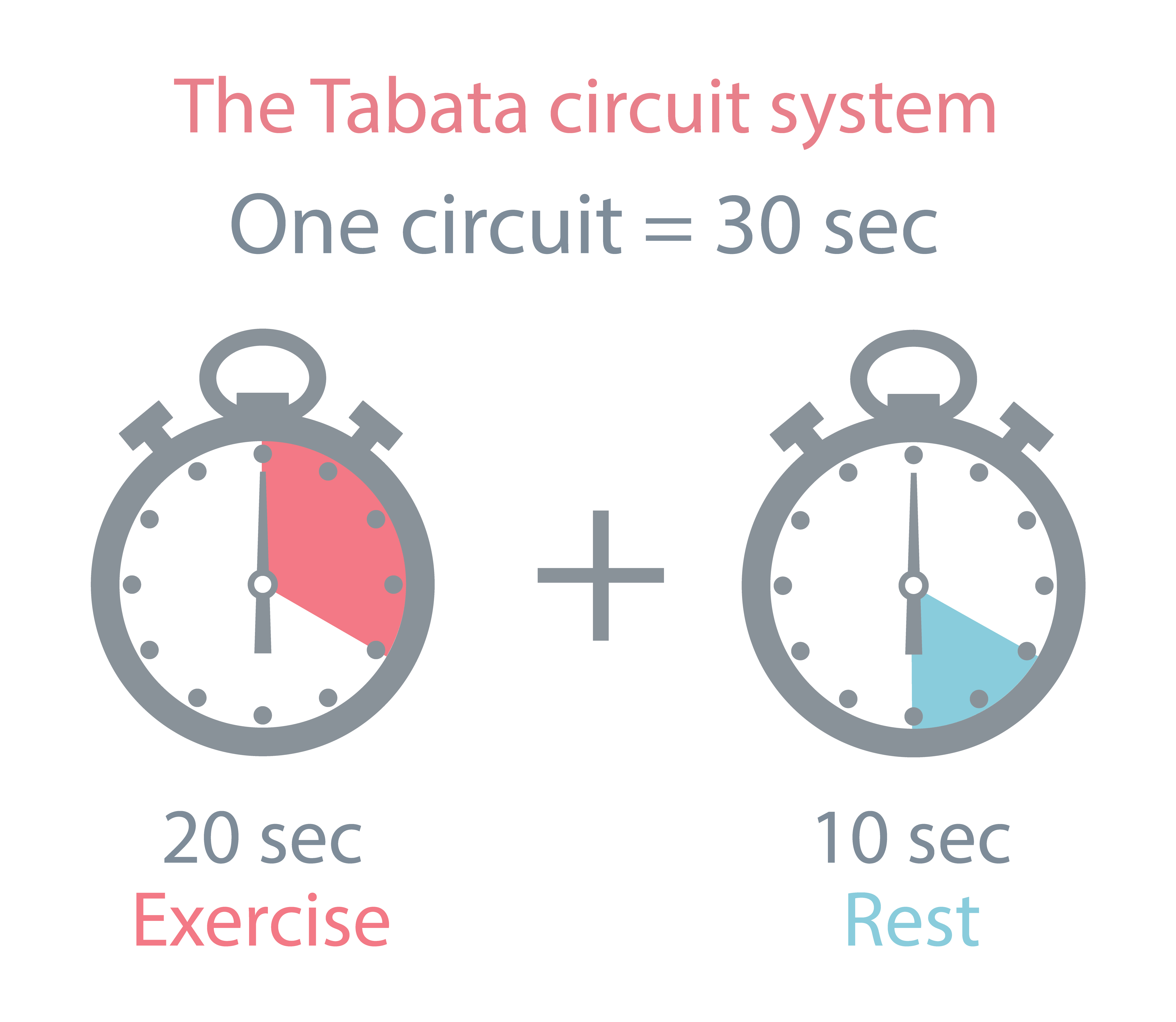Looking for the perfect form of activity that would help us lose weight, we most often choose to work on rather low intensity and long duration. Such an training will be trotting, running for longer distances. However, studies show that this is not the most effective form of fat reduction. The most effective form of training was the interval training. What are the intervals? How to do it? What benefits will their performance bring?
What are intervals?
Interventional training, also known as HIIT (High Intensity Interval Training) is a form of exercise that involves interlacing short periods of intense training with short periods of moderate training. Typical HIIT training takes up to a maximum of about 25 minutes. HIIT workouts are used to improve physical fitness and speed, as well as general speed and fitness development. This method was developed for the needs of athletes. HIIT's becoming a popular form of training not only among athletes. This is due to its positive effect on tempo of fat burning.
What is interval training?
Interval training involves interlacing a short period of intense intensity (90-100% of the maximum heart rate) with short periods of moderate intensity (55-65% of the maximum heart rate). One high intensity exercise period and one moderate intensity exercise period are called intervals. An example of an interval execution can be 10 seconds of sprint and 30 seconds of jogging. With time, we strive to increase sprint time and reduce tread times. Initially we make no more than 5 such intervals. Remembering the right warm-up before and muting after intervals.
Why are intervals getting more and more popular?
With interval training, we can work up to half the speed of traditional aerobics while burning up to three times as much fat. This is due to the elevated metabolism of fatty acids that persists up to several hours after the end of exercise. Thanks to this, fat tissue is burned long after we finished training.
Among the physiological basis of interaction of interval training on adipose tissue lies, among other things, the phenomenon of adrenaline and noradrenaline secretion, which affect the intensification of lipolysis. In addition, there is a sensitization of muscle cells to insulin. Intracellular transport of fatty acids to mitochondria is also improved. EPOC (oxygen debt) is raised. In other words, interval training lasts much shorter than cardio training. it's characterized by much higher intensity.
Such workouts do not in themselves reduce fat, but stimulate growth hormone secretion, increase lipolysis, and increase exfoliative oxygen deficit - these are key factors in fat burning. This is the so-called "post-workout fat burning", which in this case lasts up to a dozen or so hours. An anaerobic training also has the advantage that, unlike long oxygen work, it helps to retain muscle tissue during the reduction diet, it does not show catabolic effect on the muscles!
When not to use HIIT training?
If you are a beginner, you are taking your first steps at the gym or running, do not take off immediately for high intensity training. The body needs to adapt to the training. Interventions, tabata - are also not the best idea for obese people, as well as people with health problems and the elderly. Making intervals when we are not ready to do so will not only prevent us from doing the right thing but can also cause injury or health problems. We will not achieve the intended effects and we can harm ourselves.
Ideas for intervals
The most common example of intervals are cross-country intervals. It can be done in the form of sprints or runs interspersed by jogging or walking. This is not the only way to do interval training.
Rowing
Among the machines we find in gyms and fitness clubs, one of the best fit machines is an ergometer called a rower. The principle of making intervals is the same as for sprinting. The "sprint" can be a time (10-30sec) or a distance (100-400m) that flows.
Tabata
One of the variations of interval training is the Tabata protocol. Tabata is called the world's shortest training. This is a four minute, interval metabolic training. It consists of 8 "series" consisting of 20 seconds of intensive and 10 seconds of break. An example of the exercise we can perform in the tab is the rape-up (burpee).
Slots, jumps, climb climbers and mountain climbers will also be suitable for performance.

HIIT trainings - summary
In conclusion, looking for the perfect form of activity that would help us lose weight, it's worth to put on short and intensive workouts, instead of long, less intense cardio.







One Comment